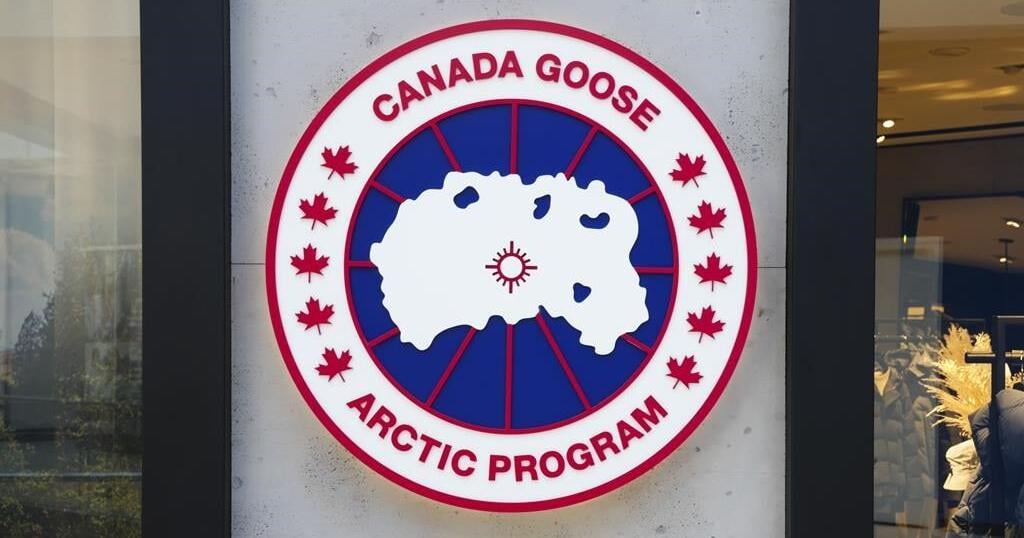Huge floating oil storage builds earlier this year became a major cause for oil price falls as the pandemic wiped out demand. Then, as OPEC+ started cutting production and countries began emerging from lockdowns, floating storage inventories began to decline, boosting prices. Now, they’re creeping up again–but this time, it’s fuel inventories.
Commodity major Trafigura recently chartered at least five Very Large Crude Carriers, each capable of carrying up to 2 million barrels of oil or fuels, according to a Reuters report that cited shipping data and unnamed trading sources. Some of these were newbuilds, too. They are most likely going to be used to store gasoil and diesel, according to the report, as inventories of these two fuels were particularly high. And Trafigura’s peers are booking tankers, too.
It’s not just diesel and gasoil. All distillate fuel stocks are a problem. In the United States, refiners have been struggling with rising distillate inventories for weeks now as air travel remains severely restricted, jet fuel demand is in the ditch, and there are no alternative venues for the oil product. Refiners have been raising their gasoline production, but demand for gasoline has also been slow to recover and inventories there also remain above the five-year average despite several hefty draws.
The trend is certainly worrying for those banking on an oil price rebound driven by fuel demand recovery, which is pretty much everyone who produces fuels. Demand was expected to recover more or less consistently after the lockdowns barring a second wave of infections. But while some countries have indeed experienced what looks like two distinct waves of Covid-19 infections, for others, including the world’s largest oil consumer globally, the U.S., it has been a single but prolonged wave. Uncertainty about pretty much everything from employment to vaccine development remains ample, and this is affecting oil demand. Related: The Nine Key Points In Biden’s Energy Strategy
Normally, traders start hoarding oil—or oil products—when prices are low but are expected to rise in the future. There is a decent degree of certainty prices will rise because that’s how things work in oil. This is all in the past now. Earlier this year, storage builds were so abundant that some began to worry the world would run out of storage space. Prices tanked. Now, traders can only hope that prices will improve in the future and they won’t suffer losses from storing fuels.
“It is increasingly clear that market fundamentals are not improving as quickly as expected, particularly on the demand side,” Morgan Stanley’s Martijn Rats said in a recent note, as quoted by Reuters. He added that despite a stable draw in crude oil and fuel stocks, these remain at historic highs, with this particularly true for fuels, which, according to Rats, stayed at “stubbornly” high levels.
What this suggests is that refiners restarted crude buying earlier this year in anticipation of a rebound in demand for fuels. This rebound, however, never came to pass, and now refiners—and commodity traders—are stuck with millions of barrels of fuels they can’t sell. What makes things worse is that the latest data on oil demand, particularly from China, is not encouraging at all. Earlier this month Saudi Arabia’s Aramco served an unpleasant surprise to oil markets by announcing it was sharply cutting its official selling prices for oil. The cuts would affect Asian, U.S., and northwestern European clients. Meanwhile, worry has been growing that China had stuffed itself with cheap oil and its buying spree, which helped prices stay stable during the summer, was coming to an end.
When one of the world’s top oil producers, which has so far been rather upbeat about the future of oil demand, slashes its prices, it speaks volumes. In all public statements, Aramco’s leadership has been confident that oil demand was recovering nicely, about to reach pre-crisis levels sooner rather than later. The company even raised its prices for Asian buyers earlier this year, boosting benchmarks. Now, it’s cutting prices. Add to this the news from China and the picture becomes grimmer.
Economists have been talking about L-shaped, V-shaped, and W-shaped recovery scenarios for the U.S. and global economy. The oil market appears to be stuck in a sort of recovery that no letter fits.
By Irina Slav for Oilprice.com
More Top Reads From Oilprice.com:



































